Bok choy is a super healthy and very delicious green leafy vegetable popular in Asian cuisines. It's simple to cook and takes very little time from start to finish.
It can be served as a simple vegan snack or as a side dish to accompany other dishes like pork tenderloin or pan-fried salmon. The perfect alternative for broccoli or spinach.
Bok choy is a great addition to a healthy diet and lifestyle. If well prepared it’s a delicious almost guilt-free superfood you can enjoy in large amounts.
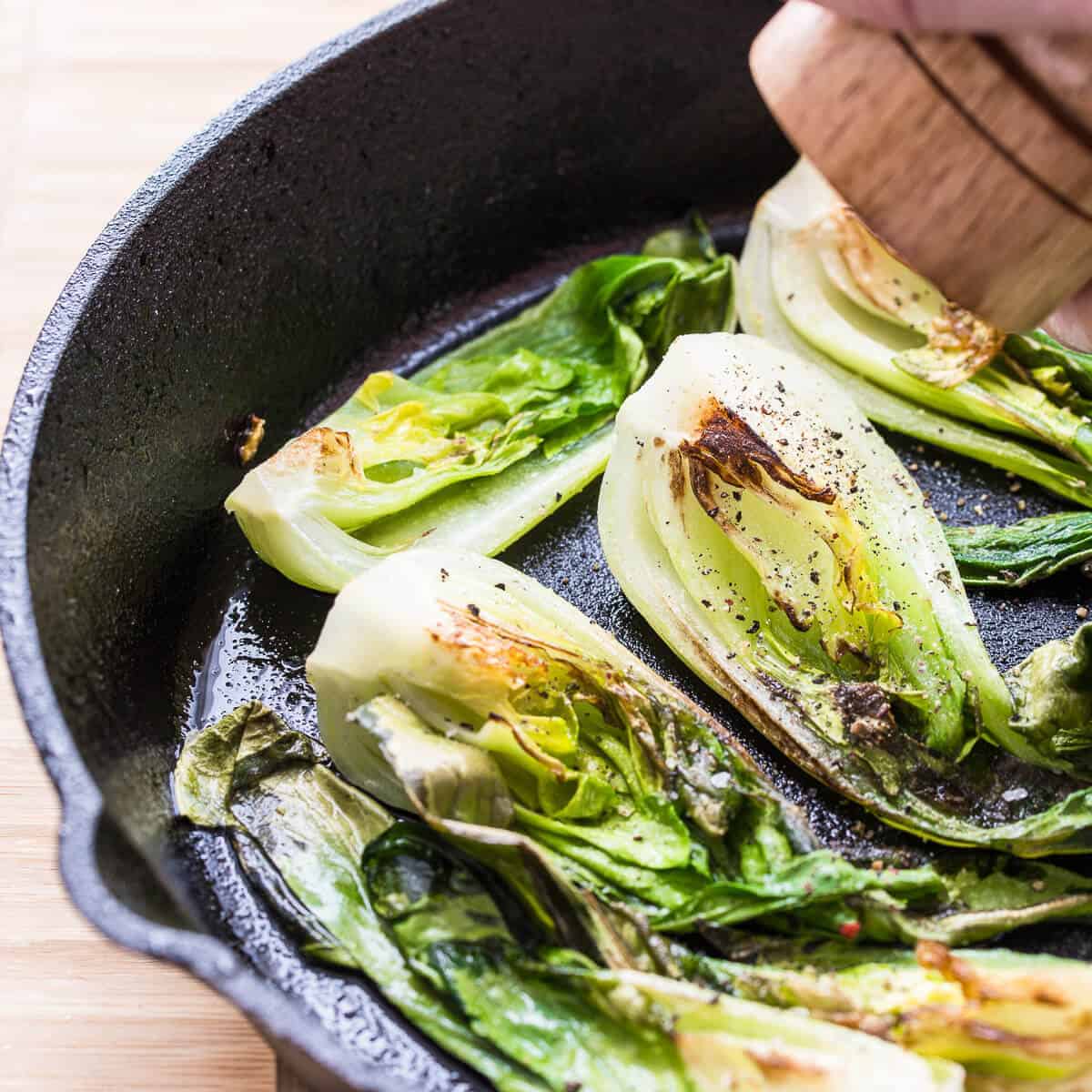
Jump to:
- What is it
- What does it taste like
- Interesting fact
- Vitamins and minerals
- Is it good for you
- Health benefits
- Useful equipment for this recipes
- How to cut and prepare it
- How to steam it
- How to stir fry it
- Pro tip
- Variations
- How to make chilli oil
- Serving suggestions
- Frequently asked questions
- Related recipes
- Recipe
- Comments
What is it
Bok Choy vs Pak Choy.
Same thing, different spelling.
Bok choy is also known as Chinese cabbage.
It’s part of the mustard family Brassicaceae. More specifically. Brassica rapa, subspecies Chinensis.
Unlike other vegetables, in the brassica family, they do not form heads like broccoli but rather have green leaf blades.
The bok choy we will cook and the one most familiar to us all is called the Shanghai bok choy.
It’s used in Asian dishes in abundance and can be added to salads, soups, stews and stir fry.
What does it taste like
Bok choy tastes like mustard greens or most of the other vegetables in this family of brassicas.
It has a slight mustardy pungent taste but nothing near the extremeness of something like horseradish.
Interesting fact
Glucosinolates(a natural compound found in mustardy plants) give these vegetables their pungent taste.
Mustard oils are produced when these plants get chewed or damaged and add to their natural defences against pests and diseases.
It’s also used in the production of natural pesticides for organic farming.
Vitamins and minerals
If you are looking to eat a healthy diet or lose weight, bok choi is one of those things you could eat by bucket load.
It provides the following nutrients in abundance:
100g contain -Vitamin A, C, K, B6, B9, calcium, manganese, iron and a lot of others.
It’s made up of 95% water, 2% carbohydrates of which half is fibre, 1% protein and less than 1% fat.
For all that goodness, bok choy contains only 13 calories per 100grams. You would spend more on cooking, chewing and digesting it.
Is it good for you
Like most plants in the mustard family, bok choi contains glucosinolates. A small amount is good for you but, excessive binging could lead to some toxic effects you do not want to deal with.
This organic compound interferes with iodine uptake in the thyroid gland. Now, I’m no doctor but, as the saying goes – “too much of a good thing is never good”.
So no matter how much you like it, Consume responsibly.
That said. In normal healthy amounts, bok choy is a healthy little leafy green vegetable.
In fact. Bok choy is ranked number two out of 47 superfoods for nutrient density.
Beating Kale, Spinach, Broccoli, Carrot, Tomatoes and a whole list of others. Only watercress trumps it.
You would be surprised to know that things like blueberry, garlic and cranberry didn’t live up to their hype. Here is a link to the source study.
It’s a fascinating little read for anyone interested in nutrition.
Health benefits
Like lots of other healthy vegetables, they are well studied for their anti-cancer, anti-inflammatory properties as well as brain health with things like dementia.
Being high in readily available calcium it’s great for bone health and the vitamin profile aids a healthy heart.
As much as I love talking facts and nutrition. The show must go on and we need to get to the most important part. Cooking bok choy.
Useful equipment for this recipes
How to cut and prepare it
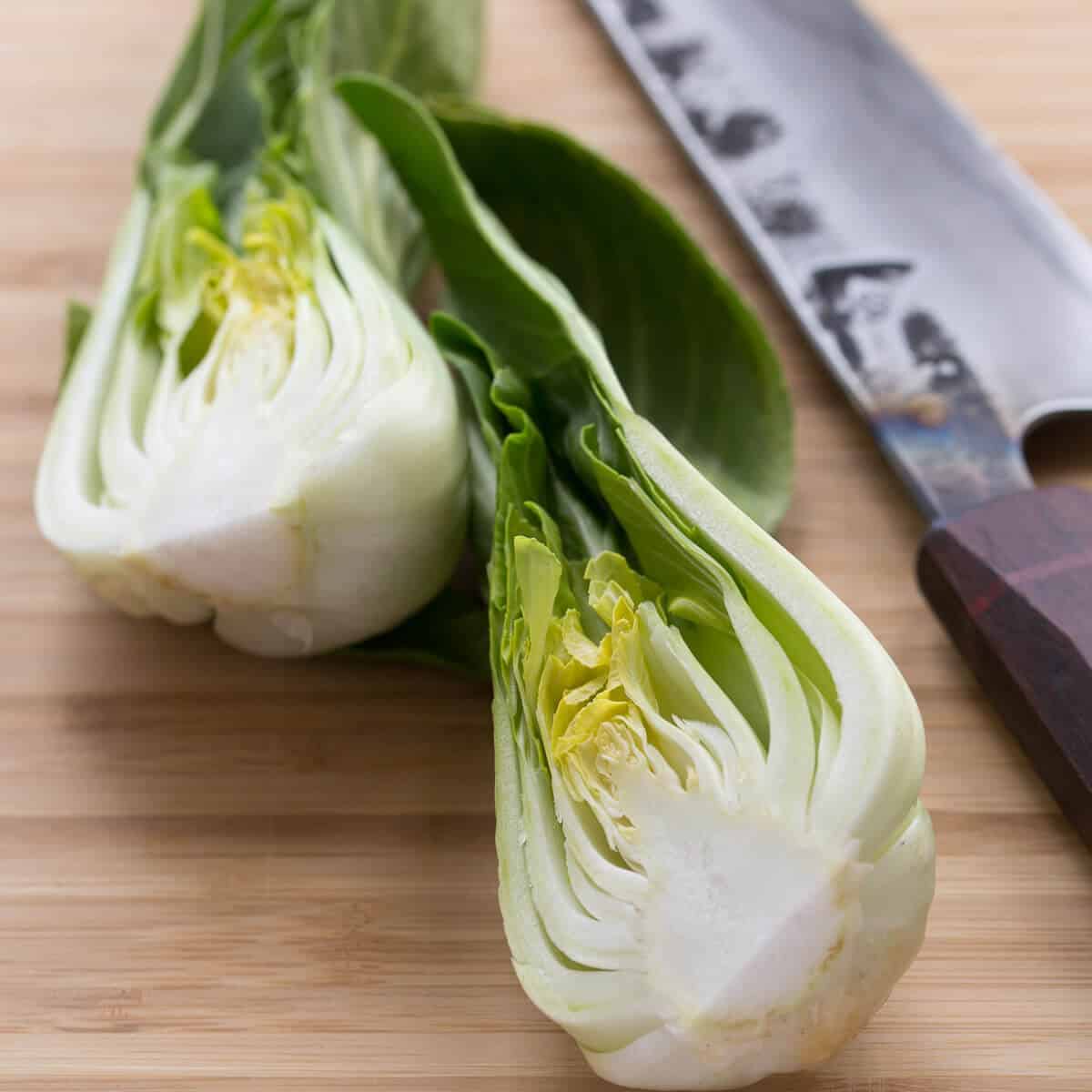
Wash and clean like you would and should all other fresh vegetables. Remove any damaged or blemished leaves.
Half or quarter the bok choy lengthways or remove the leaves individually depending on how you want to cook it.
Bok choi “flesh” is very tender and cooks quickly either way.
How to steam it
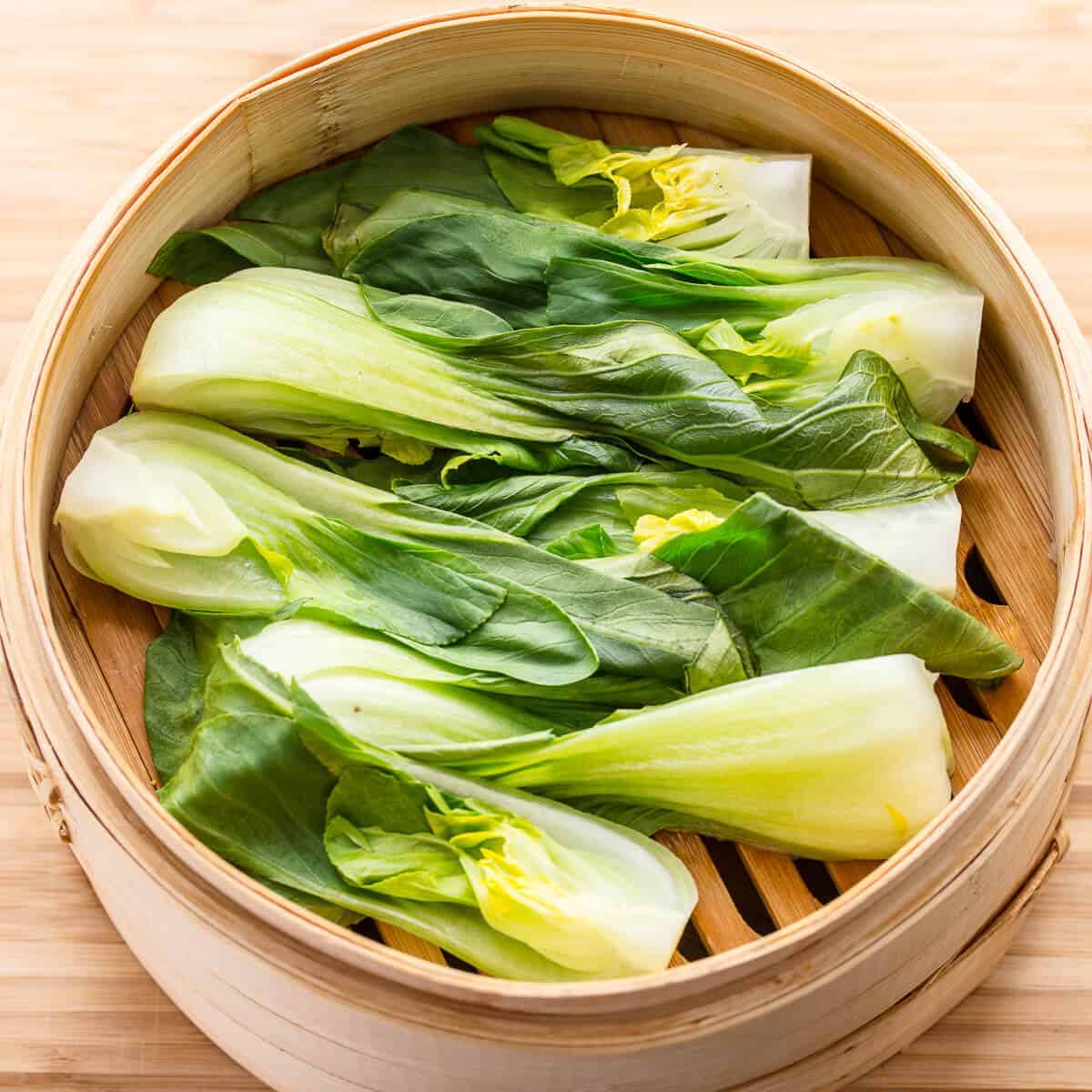
- Prepare a pot with a touch of water to produce steam when boiled.
- Place cut bok choi into the steamer basket and close the lid. Steam for 2 minutes and remove.
- At this stage, it can be eaten as is or with a bit of soy sauce and garlic or quickly caramelised in a very hot pan before serving with pan-fried salmon or perfectly cooked rice.
How to stir fry it
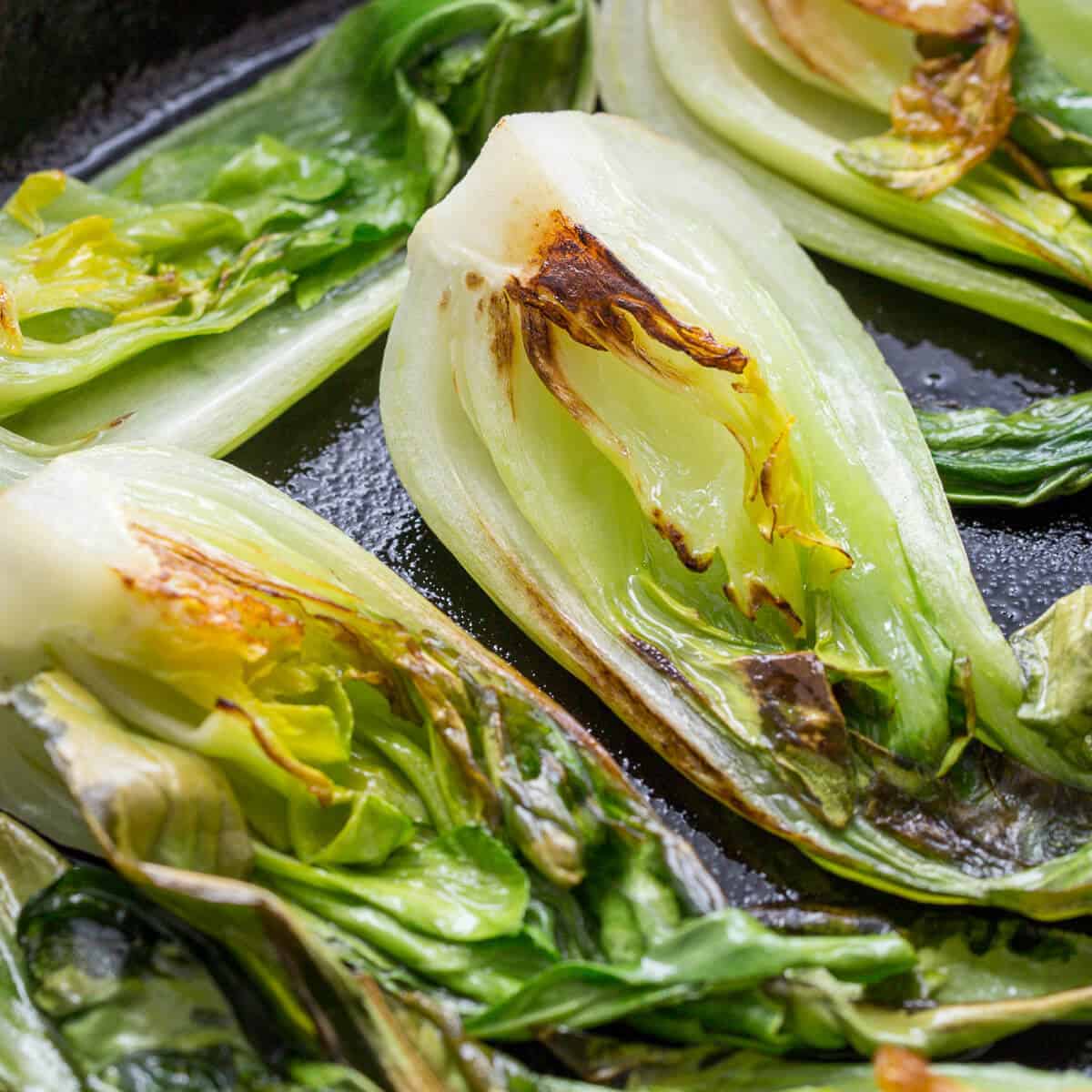
- Heat a wok or frying pan with a touch of cooking oil. Put the bok choi into the hot pan. Fry while turning until some caramelisation is achieved.
- Add a touch of water and quickly cover with a lid to finish cooking by steaming. About 1 minute.
- Season and serve straight away. Amazing drizzled in homemade Indonesian kecap manis.
Pro tip
- When stir-frying bok choy and adding aromatics like garlic and ginger – Add them 10 seconds before adding the water to prevent them from burning or becoming bitter and to get the best taste from them.
- Bok choy cooks very quickly so keep an eye on it to prevent overcooked veggies.
Variations
- Garlic & Ginger – Finely chop garlic and ginger. Add 10 seconds before adding the water in the stir fry method. Finish with a touch of soy sauce.
- Soup – Add to any Asian style broth or ramen soup. Just make sure to cut into bitesize pieces to avoid performing the Heimlich manoeuvre.
- Duck Stir Fry – One of my favourite quick meal recipes that actually taste good
- Raw Bok Choy Salad – Sliced thinly it’s a great addition to glass noodle salads and you could easily add it to coleslaw for an Asia twist on the classic fast-food salad.
- Bok Choy with Garlic and Oyster Sauce – This one is a very popular little dish in Chinese cuisine as well as other Asian cuisines. Steamed or stir-fried finished by tossing in some fresh garlic and oyster sauce with a touch of honey is a treat to behold. Perfect as a side dish for crispy pork belly on the braai or Grilled Angelfish.
- Chinese Chilli Oil – A simple and delicious way to serve bok choy. Chinese chilli oil can be bought or you could make it yourself. Alternatively, try out this homemade sriracha.
How to make chilli oil
Simply heat 300g vegetable oil with 4 star-anise, ½ cinnamon stick, 2 bay leaves and 8g Sichuan peppercorns to 130°C or 266°F. Keep at that temperature for 30 minutes.
When done strain the oil onto 80 grams of chilli flakes and stir. Let it cool and store it until needed.
Serving suggestions
Serve as a side dish with the following.
- Bacon-wrapped pork tenderloin
- Ribeye steak
- Beef adobo
- Shrimp massaman curry
- Baked chicken breast
- Bavette steak
- Salmon fillet
Frequently asked questions
Fesh should be stored airtight in the fridge and will keep for up to 5 days when fresh. Once cooked store in the same way but it will only last 3 days.
Bok choy is best eaten fresh but can be frozen when stored airtight. Store frozen for no longer than 3 months to ensure the texture does not completely suffer.
Yes. Place into a bowl with a touch of water and cover with a lid or cling film. Microwave on high for a few minutes. Be careful when checking the bok choy for doneness as steam would build up.
Related recipes
- Mushroom garlic butter
- How to cook a steak properly
- Cured salmon gravlax
- How to cook broccoli
- Homemade sriracha hot sauce
- How to roast pumpkin
This site contains affiliate links. I may earn a tiny commission on qualifying purchases at no extra cost to you. By bookmarking these links you help support the upkeep of this site.
If you found this post helpful or have learned something, comment, subscribe, and follow me on social platforms for more tasty recipes.
Recipe
How to Cook Bok Choy
Ingredients
For simple stir fry
- 4 bok choy
- 2 garlic cloves - finely chopped
- 4 g (2 teaspoon) ginger - chopped
- 8 g (4/7 tablespoon) vegetable oil
- 16 g (1 tablespoon) oyster sauce
- 4 g (⅓ tablespoon) sugar
- 8 g (4/7 tablespoon) toasted sesame oil - to finish
Instructions
For cooking in a skillet
- Heat a wok or frying pan with a touch of cooking oil. Put the bok choy into the hot pan.
- Fry while turning until some caramelisation is achieved.
- Add the ginger and garlic 10 seconds before adding the water to prevent them from burning or becoming bitter and to get the best taste from them.
- Add a touch of water, oyster sauce, sugar and quickly cover with a lid to finish cooking by steaming. About 1 minute.
- Remove and add the sesame oil.
For steaming
- Simply place a bamboo steamer basket with halved bok choy over a pot of boiling water.
- Steam for 2 minutes.
- Make the sauce seperately in a pan by bringing to a boil together. Serve on the side.
Notes
- For a vegan version replace the oyster sauce with soy sauce.
- Best served fresh but can be kept in the fridge for up to 2 days sealed airtight.
- Not suitable for freezing.
- Serve with fluffy rice, miso-glazed eggplant or Teriyaki pork loin.


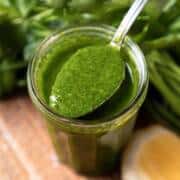

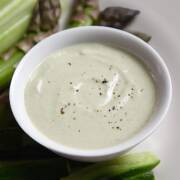
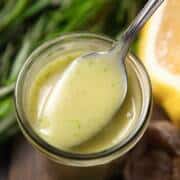
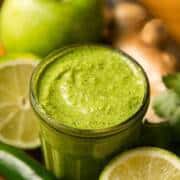
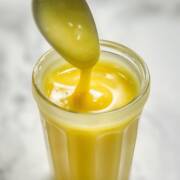

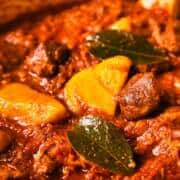


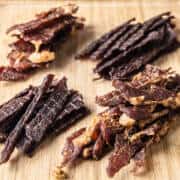
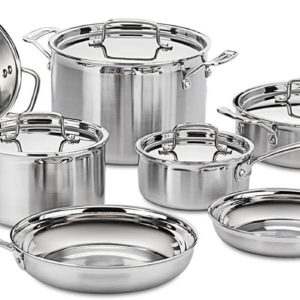
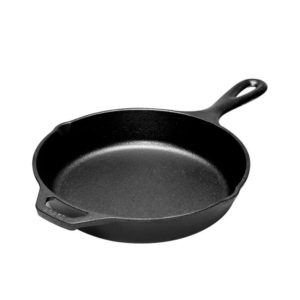
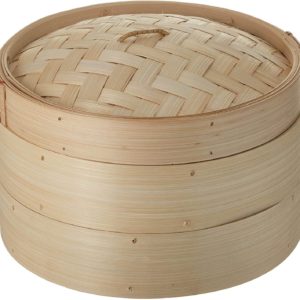
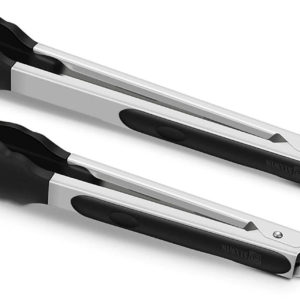
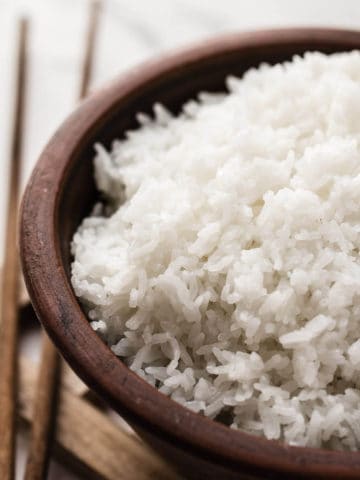
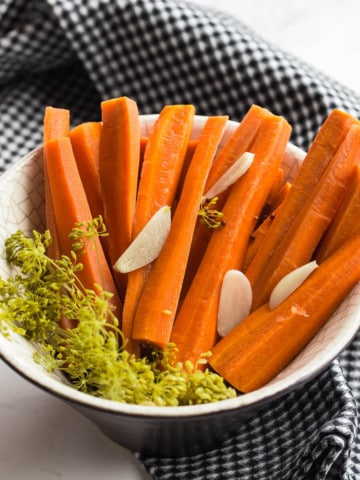
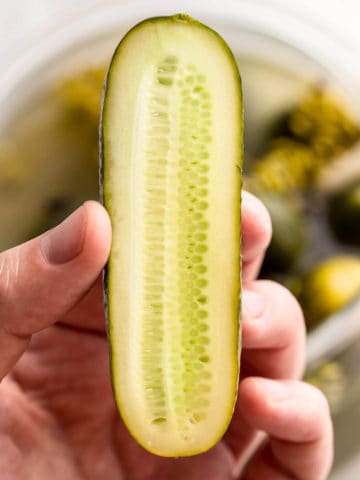
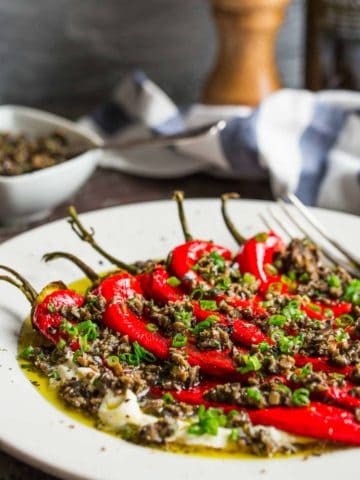
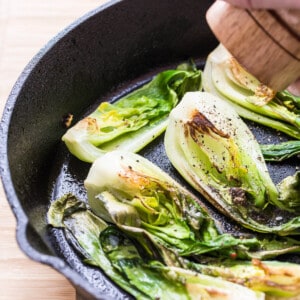
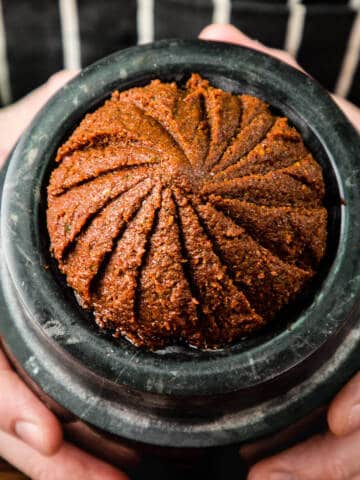
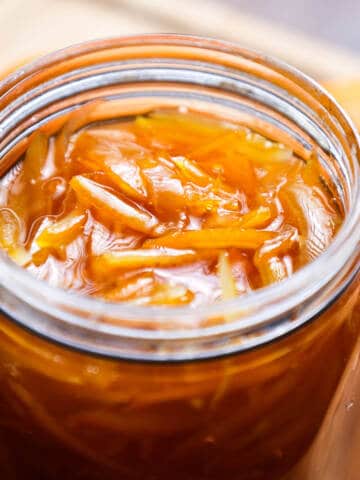
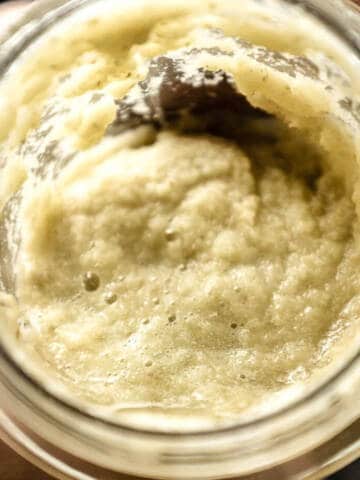
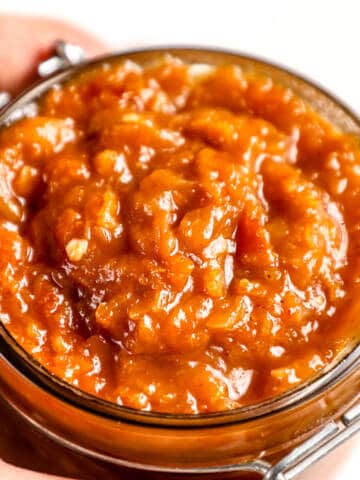
Comments
No Comments